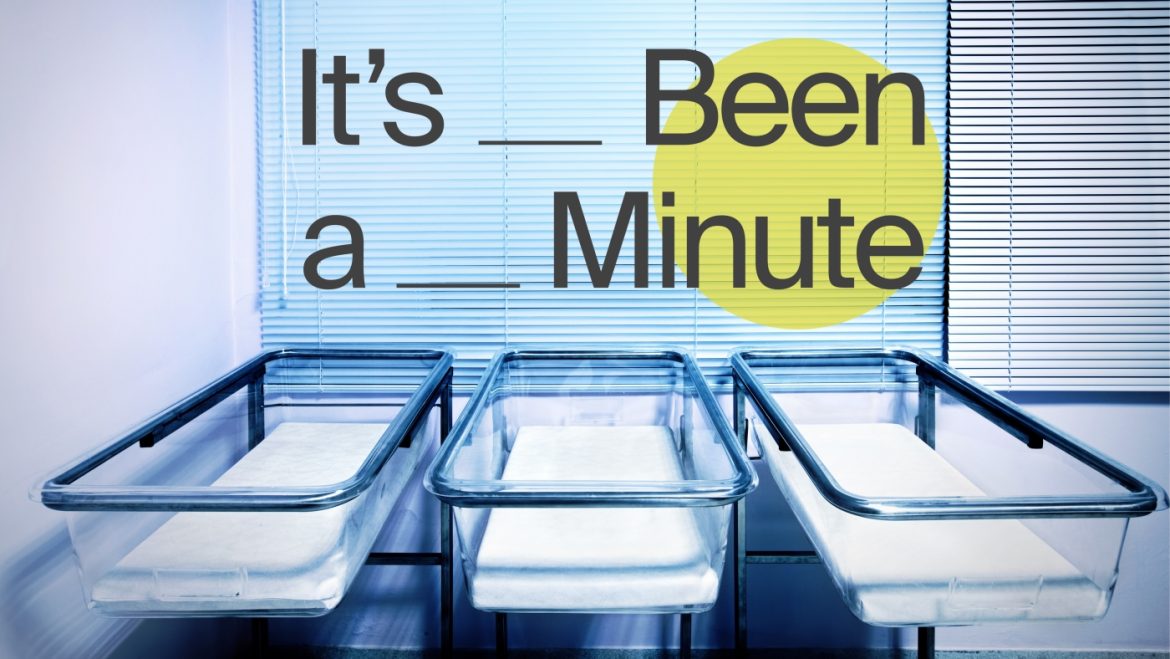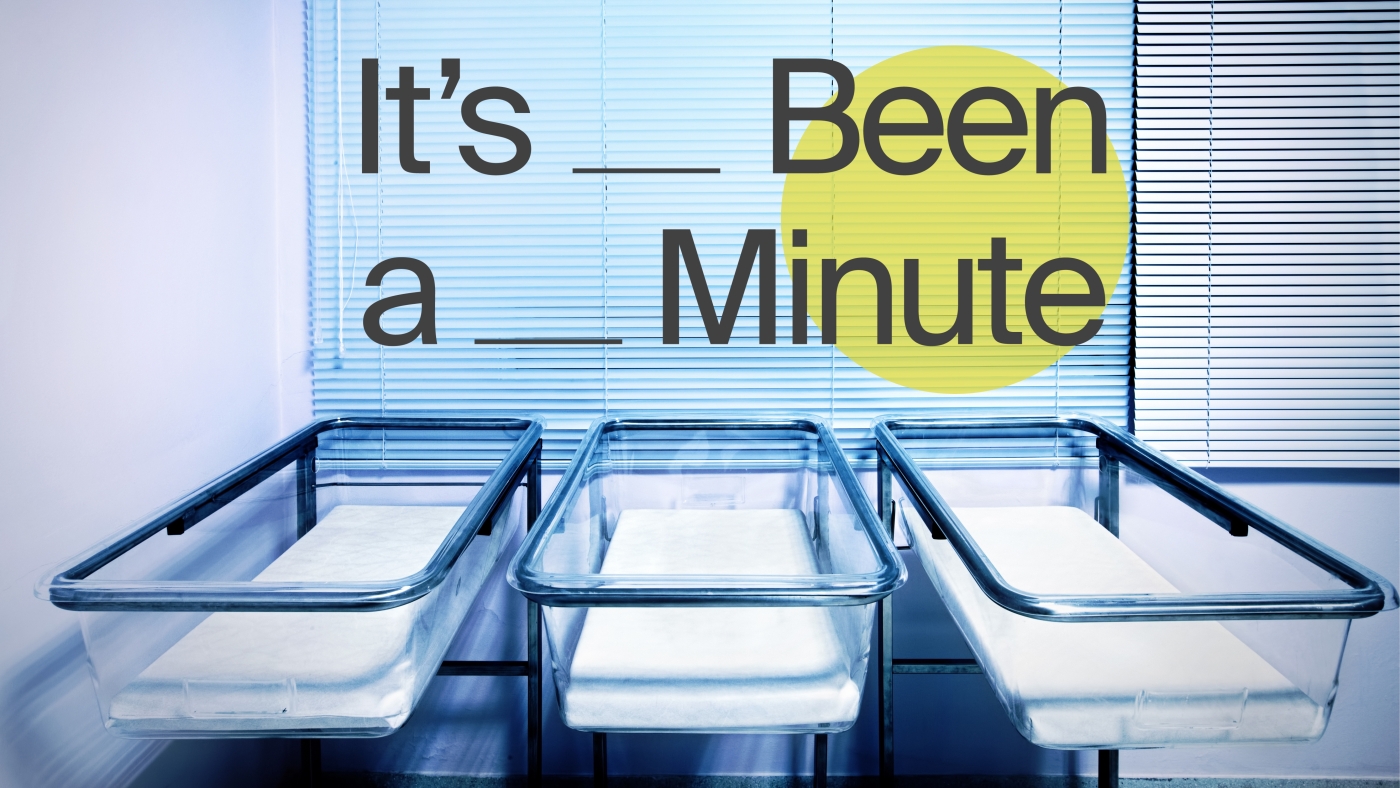The global discourse around declining birth rates has sparked widespread concern and debate, particularly in developed nations. While lower fertility rates signal profound societal transitions, the intensity of public and political anxiety surrounding them reveals layers of economic, cultural, and demographic complexity. This analysis explores why birth rates matter, the fears tied to their decline, and the multifaceted realities beneath the headlines that have everyone “freaking out.”
At its core, the birth rate reflects the number of live births per 1,000 people in a population during a given year. A crucial related concept is the “replacement level fertility” — roughly 2.1 births per woman — the rate needed to maintain a stable population absent immigration. Across much of the world, especially in developed countries like the US, Europe, Japan, and South Korea, birth rates have fallen well below replacement levels. This shift has been underway for several decades but has become particularly notable and worrisome in recent years as the drop accelerates.
The reasons for declining birth rates are interconnected: increased educational and career opportunities for women, urbanization, economic insecurities, changing social values, accessibility to contraception, delayed marriage, and childbearing choices. Evidence also suggests environmental anxieties and concerns about overpopulation now influence people’s decisions to have fewer or no children.
The unease about falling birth rates is primarily about demographic imbalances and their economic consequences.
Aging Populations and Dependency Ratios
With fewer births and longer life expectancies, populations age rapidly, increasing the ratio of retirees to working-age adults. Historically, countries benefitted from a “demographic dividend,” where a large working-age cohort supported fewer dependents (children and retirees), fueling economic growth. For instance, baby boomers, born post-WWII, enjoyed such a demographic bulge. But now, as this generation retires, there are fewer young workers per retiree — in some places as low as 3.5 workers supporting each retiree, down from about 6 in prior decades.
This shift strains public pension and healthcare systems and may require raising taxes, reducing benefits, or increasing retirement ages, which can lead to intergenerational tension. A shrinking workforce also diminishes economic productivity and fiscal sustainability.
Shrinking Economies and Inequality Risks
Fewer people entering the labor market can cause an economic contraction or slower growth, impacting everything from consumer demand to innovation. Labor shortages may drive up wages in certain sectors but also risk increased inequality, especially if economic gains concentrate among capital owners or higher-skilled workers. Moreover, declining populations reduce government revenues from income and consumption taxes, challenging welfare provision and infrastructure investment.
Social and Cultural Shifts
Some worry that low birth rates herald long-term cultural and social transformations, including potential erosion of community bonds, reduced vitality in rural areas, and transformations in family structures. Additionally, nationalist or pro-natalist movements emerge in response, sometimes advocating pronatalist policies or immigration restrictions, which can exacerbate social conflicts or fuel political polarization.
While concerns are grounded in legitimate demographic phenomena, some experts argue the panic over declining birth rates overlooks key factors:
Adaptability and Policy Solutions
Technological advances, automation, and AI can offset labor shortages by increasing productivity. Countries with low birth rates but higher immigration, like Canada, demonstrate that population declines can be mitigated through thoughtful policies. Adjusting retirement ages or redesigning social welfare systems can also manage demographic shifts sustainably.
Environmental and Social Benefits
Lower birth rates can reduce human pressure on natural resources, support environmental conservation, and potentially slow climate change — positive outcomes often left out of the public debate. Declines are frequently a byproduct of women’s empowerment, better education, and reproductive freedom, considered achievements rather than challenges.
Nuanced Fertility Desires
Data from the United Nations and other organizations reveal that many people want two or more children but face obstacles — economic instability, lack of family support, housing costs, work-life balance challenges, and sociopolitical uncertainties — preventing them from realizing those desires. The shift is less about lowered desire and more about constraints, suggesting that structural reform could influence birth rates.
The “freak out” highlights broader anxieties about the future’s unknown shape. Birth rates touch on intimate themes about family, security, identity, and societal purpose. Media coverage often sensationalizes the issue, stimulating fears of demographic collapse or economic dystopias.
However, declining fertility is a hallmark of modernization — societies move through phases from high birth and death rates to low birth and death rates. This demographic transition can lead to more stable, prosperous populations if managed well, rather than inevitable decline or disaster.
The obsession with the birth rate statistic reflects entrenched global concerns about economy, social welfare, cultural continuity, and environmental sustainability. While the demographic challenges posed by falling birth rates are real—aged populations, economic strain, rising dependency ratios—the alarm can obscure opportunities for adaptation, reform, and reevaluation of societal values.
Effective responses require nuanced approaches that recognize the interplay of individual choice, structural constraints, policy environments, and technological shifts. Instead of succumbing to panic, societies might focus on building flexible economic systems, supporting families and caregivers, ensuring equitable immigration policies, and promoting gender equality, all while appreciating the environmental gains from moderated population growth.
Ultimately, the birth rate “freak out” is a mirror reflecting deep questions about how we envision the future: Will we cling to old growth models and fear demographic change, or will we embrace new paradigms of community, sustainability, and well-being? The answer lies less in statistics and more in collective imagination and action.


